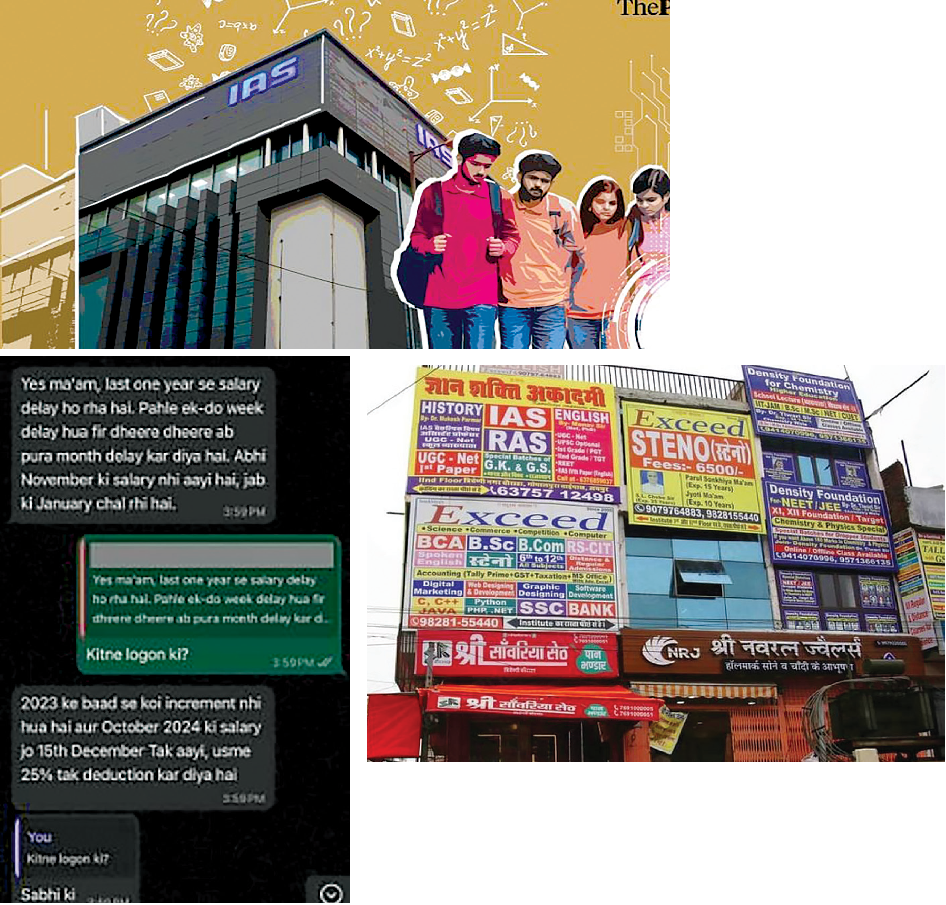
When roads lead to destruction
Gaurav Schimar
The newest mountain range of the planet is highly evolving and unstable. The Himalayas are still experiencing the effects of tectonic movement and are strife with activity and its affects can be seen in the form of landslides and earthquakes and changing glacial activity.
Build roads on these active ranges and you have the perfect recipe for disasters.
And these disasters happen year after year in the Himalayan region. Be it in India, Nepal or the Trans-Himalayan region in the Tibetan Plateau. The major rivers systems and their various tributaries are still deciding their flow and course.
These hard geographical facts notwithstanding, we have made a highly extensive road network in the Himalayas.
In the Indian Himalayan region itself there are about fifteen thousand kilometres of road network, a figure which is rapidly increasing.
The Himalayas which were devoid of human habitation in the not- too-distant past now has high density of population made possible with the roads network. What were earlier trekking routes and walking paths are now highways.
It is not surprising to learn that every villager wants road to reach their homes.
At what cost that is happening? Hardly anyone cares. What people and the governments are concerned about is the so-called development and facilities that the roads bring with them.
Take the example of Zanskar in Ladakh. In a meeting organised with the various headmen of the Zanskar villages aboiut a decade ago, to explain the destruction that the roads may bring to the highly fragile ecology of Zanskar, there was only one opinion of all those present.
Roads should come to every village in Zanskar. And why should there be roads in Leh and Nubra and not Zanskar? And why only roads, the Zanskaris also demanded an airport should be made in Zanskar.
Then the region was snowbound for six months and the only route between Zanskar and Leh was walking on the frozen Zanskar River. I tried my best to explain why the roads should not happen.
But there was no reasoning with the villagers. Now the road between Padum i.e., the capital of Zanskar and Leh is almost built, minus the stretches where the sheer river gorge is jarring and trying to convey the fruitless pursuit.
And not only that, a new road on what was the trekking route between Zanskar and Lahul via Shinkhula pass is fully operational. The roads bring destruction from the word go.
All the rubble excavated is simply thrown into the river. And then those travelling on these roads, simply dump all their trash into the rivers. And that is just the beginning.
A debate with friends in Lahaul if the newly opened Atal tunnel is a boon or curse for the region, the popular opinion is easy to guess. Lahaul was accessible for half-a-year prior to the tunnel opening and to cross over to Lahaul from Manali took half a day.
Now within an hour you find yourself in Lahaul. Now tourists can visit the region throughout the year and that means rampant construction to cater to their needs, and every whim and fancy.
So, the mountains which had a breather for half-a-year earlier and the ecology had the chance to rejuvenate, is no longer there. But who cares? Only if we could understand how bad the roads are for the delicate Himalayan ecology.
And pause. And then reverse our footsteps if we want the lifegiving mountains to survive. But no. No one is pausing or stopping. Where there were single-laned highways, twolane highways are being constructed. And the existing two-lane highways are paving way for four-lane expressways.
A case in point being the Kiratpur-Manali Highway. When opened in May-June this year, everyone was jubilant that now one can travel within five hours to Chandigarh from Manali.
Within just two months monsoon wreaked havoc in Kullu and Mandi and the journey to Chandigarh now takes 10-15 hours! Nature has a way to warn and remind.
But do we listen? The real inhabitants of the region, i.e., the wildlife, which was almost on the verge of extinction due to man's invasion is now facing even graver challenge to survive.
China had made an extensive road network in the highly fragile Tibetan Plateau and to counter the Chinese aggression, India is following suit and building roads aggressively from Kashmir to Arunachal.
But who wins in the end?
(The authore is a Himalalyan conservationist )
 English daily published in Bengaluru & Doha
English daily published in Bengaluru & Doha






